Family history
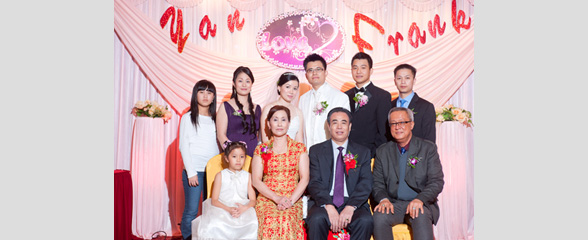
2013.022.003 Oral History Interview with Frank Liu
Frank Liu, former Director of Technology at MOCA, sits down with Tomie Arai to conduct an oral history recounting his experience growing up in Chinatown during the ‘90s and early 2000s. Liu discusses his family’s history and their experience immigrating to the U.S. from Fuzhou, Fujian when he was seventeen years old, in 1998. He discusses how his uncle was able to sponsor his family to come to the U.S. and how his family moved to Chinatown initially upon their arrival. He discusses how even though his family was able to immigrate to America legally through his uncle, many other Fujianese people at the time were smuggled to America illegally in hopes of a better future for themselves and their children. Liu talks about the two main groups of people in Chinatown: the Fujianese and the Cantonese. He discusses his ties to the Fujianese community in Chinatown through his mother, and how his family gets together for family reunions to see each other and feel connected through their Fujianese roots. He talks about meeting his wife and learning to communicate with her family, since she is originally from Taishan and her parents only speak Cantonese. He talks about how glad he is that his mother encouraged him to go to school and study instead of taking the more traditional route of earning money right away, and he remarks on how much he values his education. Frank introduces some artifacts that are important to his family’s history, such as photos from when they first immigrated, photos from the first time they rode the New York subway, and a digital camera that he saved for and was the first important object that he purchased for himself with his earned savings. The interview ends with the discussion of a Fujianese museum or community archive, and the materials or items that Liu would want included in that documentation effort.
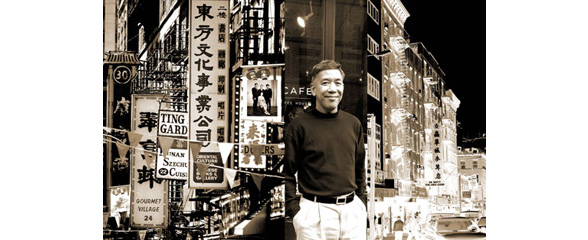
2013.022.004 Oral History Interview with Henry Chang
Henry Chang is a detective novel author and was born and raised in New York City Chinatown. In this oral history he shares a background of his family history along with when he came to Chinatown. Chang was involved in the creation of Yellow Pearl along with the civil rights movement. Chang discusses the significance Yellow Pearl has on his life along with a poem he wrote for the publication. He recounts on the ways he documented the history of Chinatown and the process of putting this history into his books. Lastly, he discusses the ways Chinatown is changing along with his favorite restaurant Grandpas.
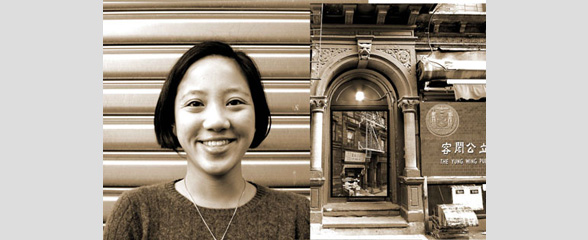
2013.022.005 Oral History Interview with Jenny Ye
Jenny Ye is a college student at Harvard University and spent her childhood in Chinatown. In this oral history Ye focuses on her childhood and experiences attending public schools in the New York City Chinatown area. She recounts spending time with her family and her cousins and growing up in Chinatown. Ye attended PS 124 and shares her autograph book as she recounts fond memories during elementary school. She also discusses her time in middle and high school with her involvement in CCAV and the Chinatown Youth initiatives groups. She reflects on how Chinatown has changed with the progression of gentrification. The interview concludes with a deeper discussion of her time at PS 124 and the TVB video rental store.
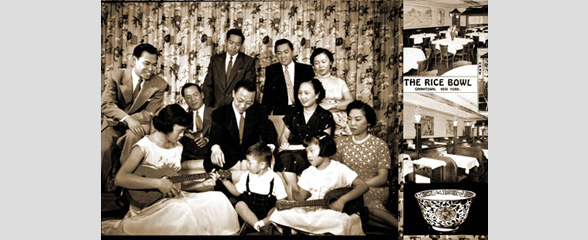
2013.022.006 Oral History Interview with Marcella Dear
Marcella Dear, a longtime friend of MOCA and a generous donor of over 900 objects, joins us to discuss her exciting life and her memories of Chinatown. Marcella goes into depth about many of the objects she donated, and discusses not only their significance as sentimental objects but also how these objects were used in their original setting, at the Rice Bowl restaurant on Mott Street. Marcellas father founded the Rice Bowl, and she discusses her childhood growing up in and around the restaurant. She fondly remembers her regular clients, who came to feel like family to her over the years. She talks about her father and his eminent role within the community, both when she was growing up and afterwards. She remembers how he wanted to build a museum to house all of his collections and to share cultural treasures with the Chinatown community. She talks about how Chinatown has changed, and about how the immigrant experience has also changed. She discusses the importance of the neighborhood associations in helping new immigrants with paperwork in English and by helping them acclimate to life in the U.S. Marcella talks about her life as a young person, going to college at NYU and having parties and socials for the Chinese students at NYU and the neighboring city schools. Marcella briefly discusses the gang wars and the impact this had on the neighborhood. She ends her interview talking about memorable places in Chinatown and what they mean to her.
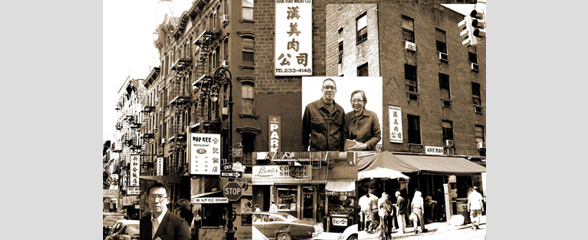
2013.022.008 Oral History Interview with Pamela and Tom Lee
In this oral history husband and wife Tom and Pamela Lee share their experiences living and working in New York Chinatown. Tom and Pamela discuss their childhoods and how they came to live in New York. They both reflect on working at the butcher shop owned by his family. Tom also discusses the farm his father operated along with the tasks his mother completed at their family business. The couple also contemplates how Chinatown has changed over many decades and the cultural differences each generation of Chinese Americans experience.
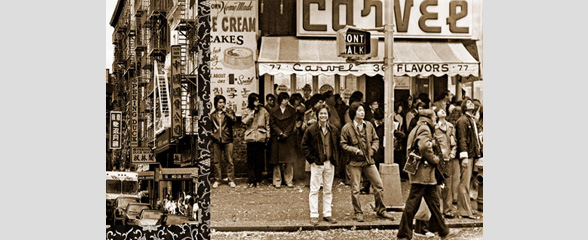
2013.022.009 Oral History Interview with Wing Lee
Tomie Arai and Janice Lau sit down with Wing Lee to discuss his life and his experience growing up in and around New York Citys Chinatown in the 60s through the 80s. Wing talks about what it was like as a kid being raised in the US with Chinese parents, and growing up on the streets of Chinatown. He talks about the schools he went to in the area, and all the spots the neighborhood kids used to hang out. Later on in his late teenage years, he describes the experience at a popular neighborhood bar called Grandpas. Wing describes the atmosphere at Grandpas, the regulars there, and how he was eventually asked to design a t-shirt for the bar as well as a large mirror to hang in the space. He touches on the gang presence in Chinatown in the 70s, and describes the changes he has seen in the neighborhood since his youth. He feels hopeful for the future of Chinatown and believes that the quality of life has improved for your average Chinatown resident. He is excited that the area is now taken seriously politically and that Chinatown has Asian and Chinese representation within the city government. Wing is an artist, and he is excited to see the museum documenting this important community history.
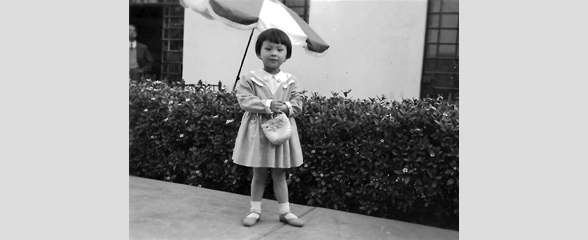
2014.035.004 The Family Journey of Lucy Kan
The Journey Wall is a custom art installation created for MOCAs lobby by renowned artist/designer Maya Lin. The wall is composed of bronze tiles through which Chinese Americans can permanently honor and remember their family roots. Each tile bears the name of an individual or family, their ancestral home, and current place of residence in America. The complete wall will highlight the expansiveness of the Chinese American Diaspora and the diversity of immigration stories from across the country - from artists to businessmen. The interviews in this collection are the stories of the Chinese American families that are part of the Journey Wall installation.
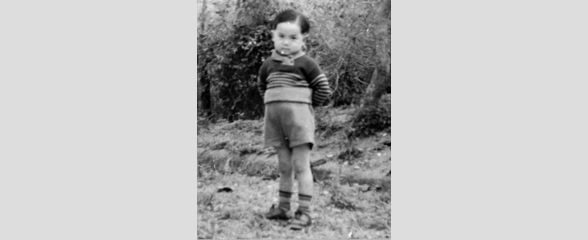
2014.035.005 The Family Journey of Victor Kan
Victor Kan discusses his philosophy and the history of his family with MOCA. He discusses his education at the University of Chicago and his experience growing up Chinese in America with only a small understanding of English. He discusses this experience in depth, and growing up learning from his classmates at age 13 how to speak English. His classmates encouraged him to join Boy Scouts and go to school dances with them, and he felt very supported by this American community. Victor went on to study Computer Science at UChicago. He discusses his childhood vacationing in Jong Son, China and explains that he bought his Journey Wall tile to give back to the community, but also to show his grandchildren and great grandchildren where they came from. He is not sad that his grandchildren may not look exactly like him; instead he believes that his children have found love and he is very happy for them. He discusses his philosophy of life for all immigrants and shares the anecdote of how he met his wife, Lucy.

2016.037.030 Oral History Interview with Ho-chin Yang and Ellen Yang 2015/12/15
This oral history focuses on the culinary practice of Ho-chin Yang. He discusses foods that he ate while growing up and moving to the United States. He reflects on the difference between Chinese and American food. Yang was first a language teacher then transitioned into a restaurant owner and cook at his restaurant the Home Plate Café. He later went on to teaching and instructed cooking and language classes.
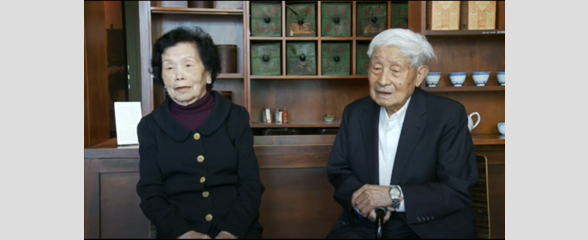
2022.056.002 The Family Journey of Wan Sang Nee and Ah Mei Nee
In this oral history, Wan Sang Nee and Ah Mei Nee share their family’s immigration story. The Nees married in Hong Kong, later immigrated to the U.S., raised two children, and sponsored members of their extended family to come to the United States. During the interview, Wan Sang Nee describes how he jumped ship as a seaman and stayed in America with encouragement from his wife’s cousin who was already in the U.S. He later brought wife and daughter to America, and helped sponsor the immigration of many relatives. He also talks about hi s activities and contributions to the San Kiang Association as one of its early members. His wife, Ah Mei Nee, joins him to discuss a few photographs they brought with them, including the first photo taken of the family after arriving in the U.S., wedding and traveling pictures. She expresses particular pride in how successful she thought her daughter and grandchildren are. They conclude with advice they would give their grandchildren and wish that they would maintain their Chinese cultural heritage and not forget their roots.